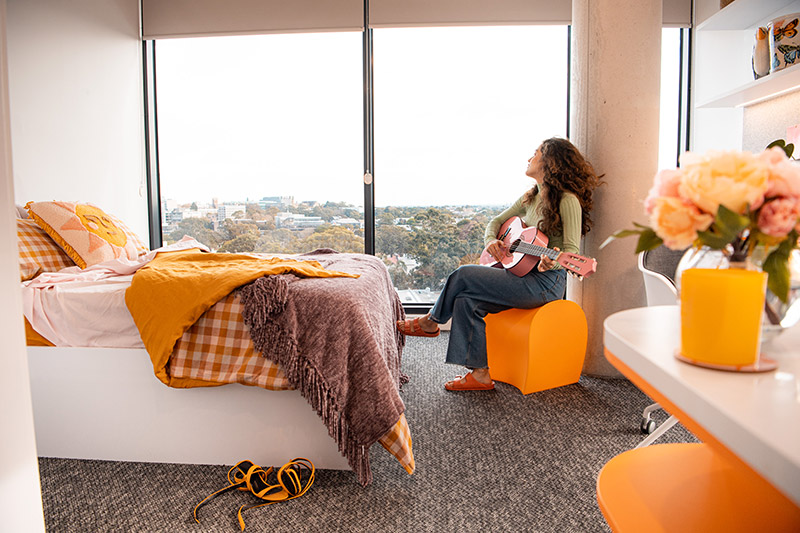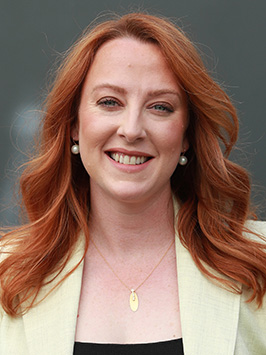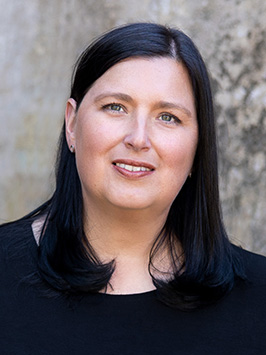Chinese students shine spotlight on critical rental drought
The supply of new student accommodation has dried up just as a major influx of Chinese students is expected and a rental crisis is entrenched in every state capital.
The future of rental property markets around the country was plunged into further doubt when news broke in January that 40,000 Chinese students enrolled in Australian universities and schools, would return en masse in late February and March.
Already feeling the pinch from 1.5 per cent or lower rental property vacancy rates nationwide, accommodation options are limited, however, increased demand could push yields even higher on rental properties near universities than current record levels.
SQM Research released this week says the total number of rental vacancies Australia-wide stands at just 31,592 residential properties, down from the 39,568 recorded in December.
Rental vacancies tightening
The anticipated sudden influx of students has turned a harsh spotlight onto the extremely tight vacancy rate.
SQM showed that the CBD vacancy rates in Sydney, Melbourne and Brisbane decreased to 3.1 per cent, 2.7 per cent and 1.4 per cent over January, which may be an indicator of higher demand from other international students returning in high numbers from countries like India, Nepal and Colombia.
The CoreLogic Quarterly Rental Review released in January shows Sydney and Melbourne accounted for around two thirds of net overseas arrivals pre-pandemic, with high density city centres being among the most popular destinations.
“This likely contributed to unprecedented annual growth in unit rents over 2022, which were 15.5 per cent across Sydney and 14.2 per cent in Melbourne,” the review says.
Prior to news about the potential sudden student influx from China, new advertised rent listings saw a seasonal peak in the four weeks to 11 December.

Purpose built student accommodation 'Scape' Redfern.
“Through this period, 50,867 new advertised rental listings were counted by CoreLogic, the highest volume observed since mid-February (which is another month in which new rent listings tend to rise), though it is still 13.8 per cent lower than the previous five-year average for this time of year.
“With another seasonal uplift in advertised rents expected for early 2023, this could help to further ease growth in rents,” the review said.
“The relatively small loss in momentum of rental value growth across Sydney and Melbourne could be attributed to a fairly strong return in net overseas migration.
“Unlike Canberra, high levels of net overseas migration to NSW and Victoria has vastly offset negative net internal migration flows in the year to June 2022.”
Purpose-built student accommodation (PBSA)

Torie Brown, Student Accommodation Council Executive Director, Property Council of Australia.
Torie Brown, Executive Director of the Property Council of Australia’s Student Accommodation Council (SAC), told Australian Property Investor Magazine, their report on student accommodation, released late last year, showed many Australian cities were already at capacity for purpose-built student accommodation beds too, with Brisbane, Perth and Adelaide expecting zero vacancy rates in 2023.
This low availability has emerged well before the Chinese Service Centre for Scholarly Exchange (CSCSE) recent announcement that it was reverting to a standing policy it had relaxed in 2021 during Covid when students were not able to travel to Australia, but could study online. The CSCSE verifies degrees issued by international universities.
The Student Accommodation Council 2022 data showed Chinese students make up 27 per cent of all residents in PBSAs, and domestic Australian students 26 per cent.
Less than 10 per cent of all students in Australia live in PBSA. There are currently 76,500 PBSA beds available provided by more than 200 developments nationwide.
“The current pipeline of new PBSA assets is focused on the gateway cities of Sydney and Melbourne, but we know there is student demand around the country,” Ms Brown said.
“The sector wants to work with government to unlock appropriate land and investment to deliver more beds for students where they are needed and in quicker timeframes.
“Investors are interested in the Australian PBSA market because of its strong demand from returning students and its ability to weather economic conditions that impact more traditional commercial real estate assets.
“However, investors are agnostic when it comes to location – their decisions on where to invest in this asset class will be driven by returns and the cost of investing, and Australia is competing in a global marketplace with countries like Canada, the UK and the US.
“We need to reduce the cost of investment by scrapping foreign investor taxes and other charges that make us less competitive as a destination for capital,” Ms Brown said.
Student accommodation non-existent in some cities

Vanessa Rader, Head of Research, Ray White Commercial.
Ray White Commercial head of research, Vanessa Rader, said with residential vacancy rates at historic lows across the country and occupancy within purpose-built student accommodation facilities already high, the expected need for additional accommodation options will grow quickly.
“There are currently eight major projects under construction across the east coast, representing approximately 2,500 rooms.
“Despite the high cost of construction, the strong increases in rates achieved during this mismatch in supply has improved the viability of these new developments,” Ms Rader said.
“The announcement that China has changed their policy that was in place during the pandemic, which allowed for online courses from foreign universities to be delivered to students within China, is set to prompt a rapid increase in Chinese students crossing the border for the 2023 learning year.
“The visa numbers are expected to revert quickly back to levels seen prior to Covid, which brings with it issues around accommodation.
“This rapid growth in numbers will continue to pressure the student accommodation sector with NSW, Victoria, Queensland and WA anticipated to be the main contributors to new enrolments and the main beneficiary of new supply projects, while enrolment numbers have already reached pre-Covid levels in SA, Tasmania, NT and ACT,” Ms Rader said.
The SAC’s Ms Brown said data released by Australian property adviser company, Savills, showed the supply pipeline for purpose-built student accommodation beds is muted for the next two years, with 100 per cent of the new beds coming online in 2024 located in Sydney and Melbourne.
“Governments at all levels in Australia need to incentivise the growth of student accommodation by removing barriers like foreign investor taxes and cumbersome planning processes, which slow the development of new buildings,” Ms Brown said.
“If we want to grow the amount of purpose-built student accommodation, we need to attract more investment into the Australian sector.”





















